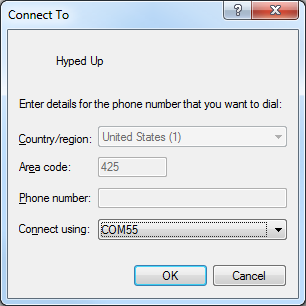
Learn more about command line arguments on the Command line arguments page. These arguments let you open the terminal with specific tabs and panes with custom profile settings. You can launch the terminal in a specific configuration using command line arguments. It is possible to create a JSON fragment extension in order to store profile data and color schemes in a separate file, which can be useful to prevent excessively large configuration files.This file is auto-generated and any changes to it will be ignored.
Windows 7 hyperterminal install windows#

If you prefer to configure your Windows Terminal settings using code, rather than the graphic user interface, you can edit the settings.json file.
Windows 7 hyperterminal install how to#
You can learn how to open the settings UI with keyboard shortcuts on the Actions page. This will open the settings UI to configure your settings. To customize the settings of your Windows Terminal, select Settings in the dropdown menu. Learn more about panes on the Panes page. You can also use Alt+ Shift+ D to open a duplicate pane of your focused profile.

To open a pane, you can use Alt+ Shift+ + for a vertical pane or Alt+ Shift+ - for a horizontal one. You can run multiple shells side-by-side using panes. You can also open it using the Command palette button in the dropdown menu in Windows Terminal Preview. The default key combination to invoke it is Ctrl+ Shift+ P. You can invoke most features of Windows Terminal through the command palette.

From there, you can select which profile to open. To open a different profile, select the ˅ (arrow) next to the + button to open the dropdown menu. You can open a new tab of the default profile by pressing Ctrl+ Shift+ T or by selecting the + (plus) button. Learn more about dynamic profiles on the Dynamic profiles page. Your command line profiles will be listed in the Settings UI, in addition to the option to + Add new profiles. Windows Terminal will automatically create profiles for you if you have WSL distributions or multiple versions of PowerShell installed. You can also set your default profile in the Settings.json file associated with Windows Terminal if you prefer.


 0 kommentar(er)
0 kommentar(er)
